Installation view of "Rendering" at PHD Group, Hong Kong, 2022. Courtesy PHD Group, Hong Kong. Photo by Zed Leets.
RENDERING

Installation view of "Rendering" at PHD Group, Hong Kong, 2022. Courtesy PHD Group, Hong Kong. Photo by Zed Leets.
In computing and architectural terms, a render is a future ghost. Used to imagine parks, housing, even cities, these mock-ups fill in liminal spaces, their speculative form a fixed impression—however fleeting—of indeterminable conditions.
Yet the process of rendering is more active. It percolates and boils at the surface of our present observations; it picks at our perceptions. Rendering is palimpsestic practice: a wall, a text, a canvas is partially scraped or washed off, primed for direct, new markings or ways of seeing. It is also a language of reproduction, borrowed by artists and musicians who deviate, however minimally, from those who came before. To render is to extract, to distill—to drain an animal of its fat—but it is also to cover and construct, as in a solid wall or boundary. A rendering is a voice from the offing in the now, a mortal examination of future conditions.
We invite you to explore “Rendering,” the inaugural exhibition of Property Holdings Development Group. Situated in a former 1970s clubhouse that has been adapted by Beau Architects, the gallery reveals works by 11 artists with developing relationships to the gallery: Michele Chu, Dylan DeRose, Christopher K. Ho, Lee Eunsae, Xin Liu, Luo Jr-Shin, Zheng Mahler, Yuko Mohri, Sasaoka Yuriko, Virtue Village, and Wong Kit Yi.
For further information and media inquiries, please contact info@phdgroup.art. For sales inquiries, please contact Willem Molesworth (willem@phdgroup.art) or Ysabelle Cheung (ysabelle@phdgroup.art).
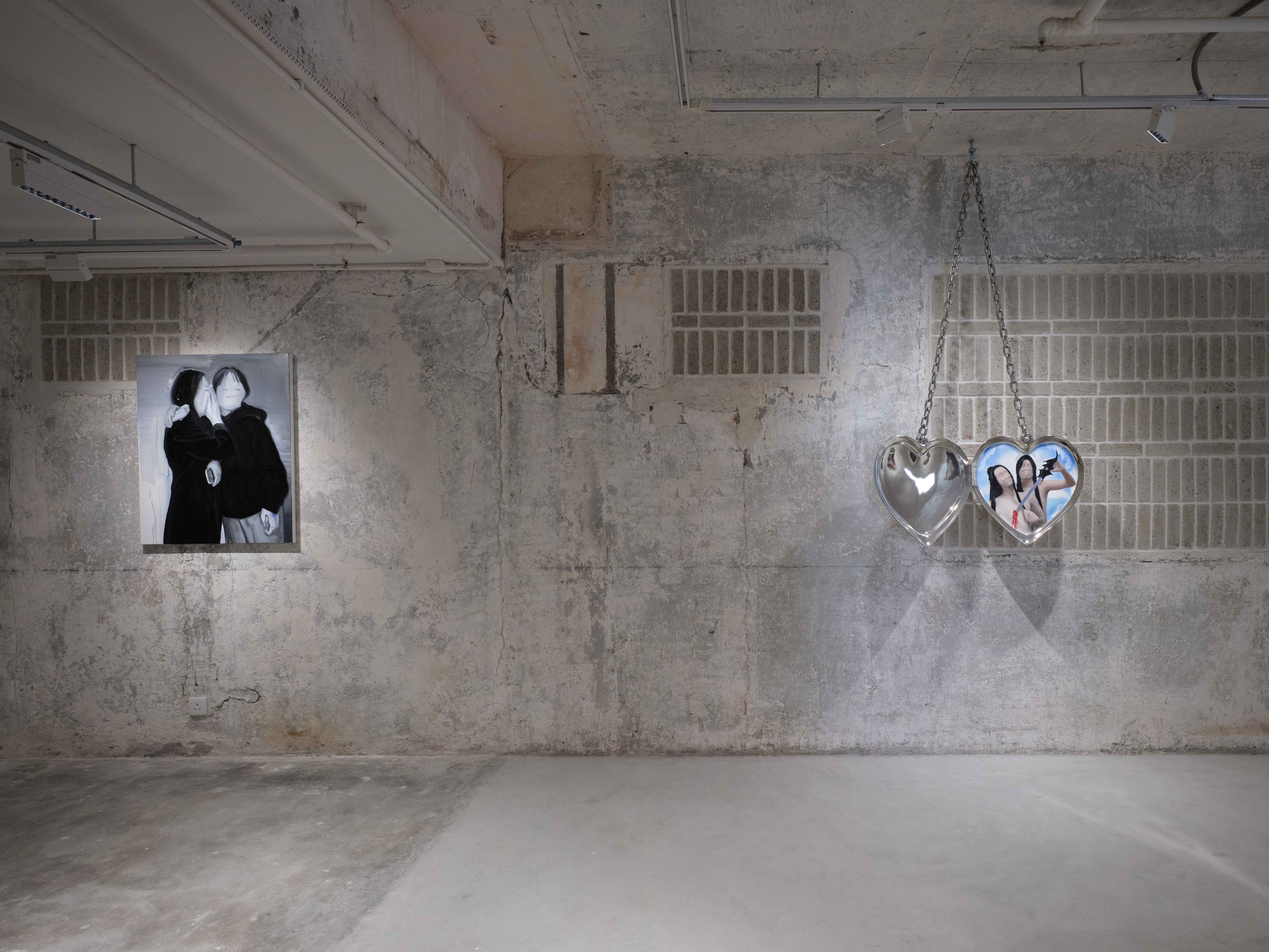
Installation view of "Rendering" at PHD Group, Hong Kong, 2022. Courtesy PHD Group, Hong Kong. Photo by Zed Leets.
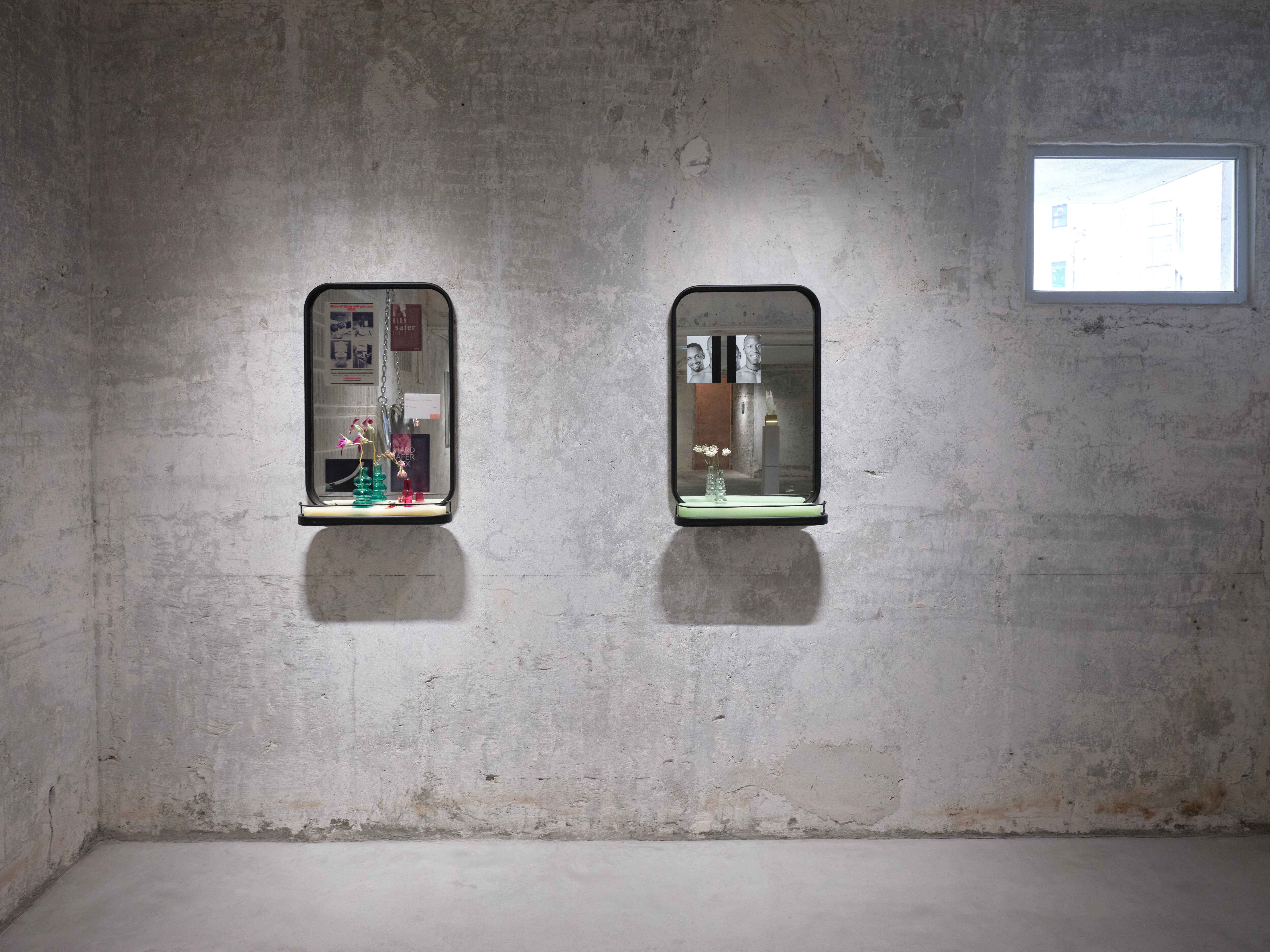
Installation view of "Rendering" at PHD Group, Hong Kong, 2022. Courtesy PHD Group, Hong Kong. Photo by Zed Leets.
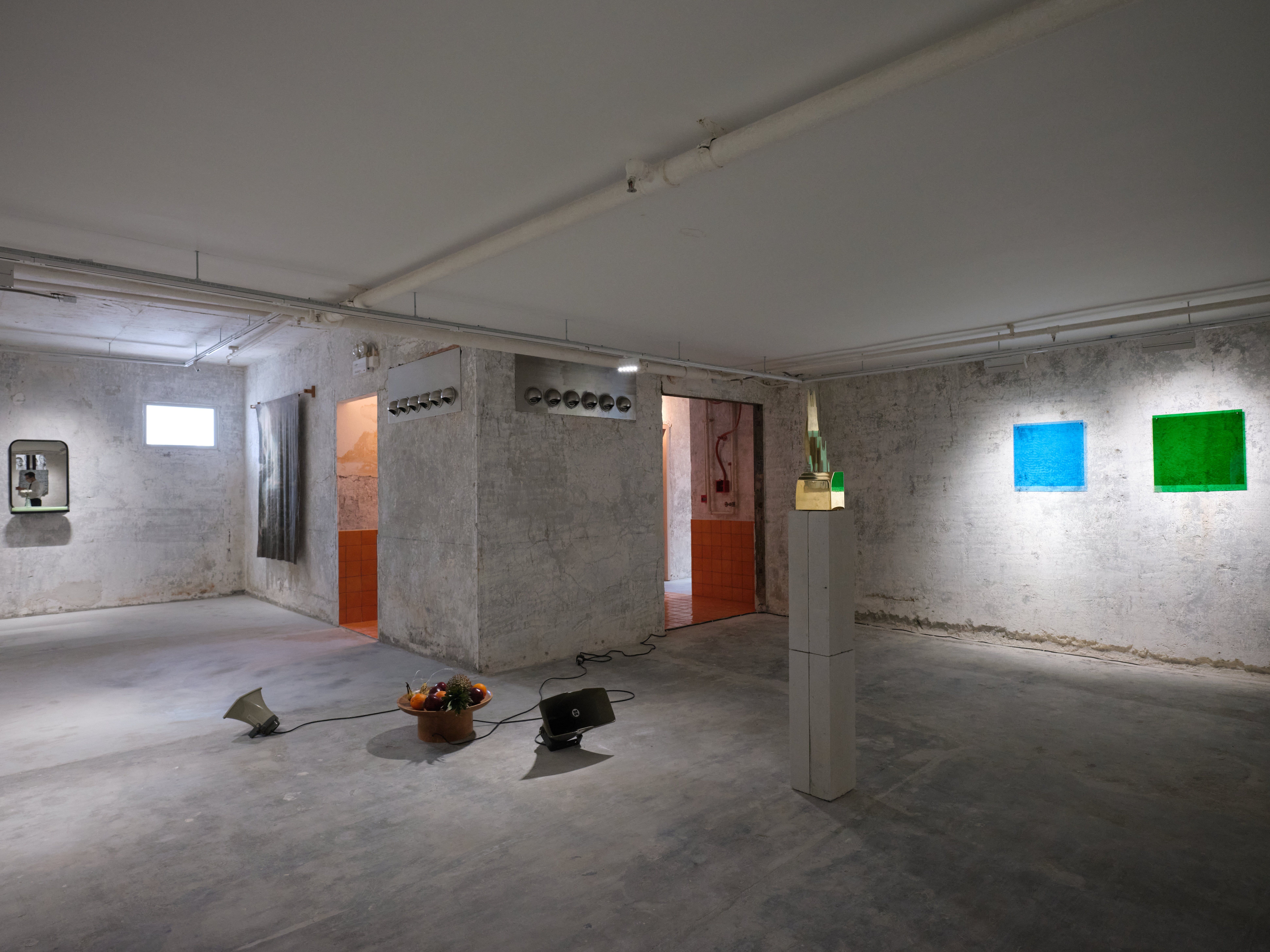
Installation view of "Rendering" at PHD Group, Hong Kong, 2022. Courtesy PHD Group, Hong Kong. Photo by Zed Leets.
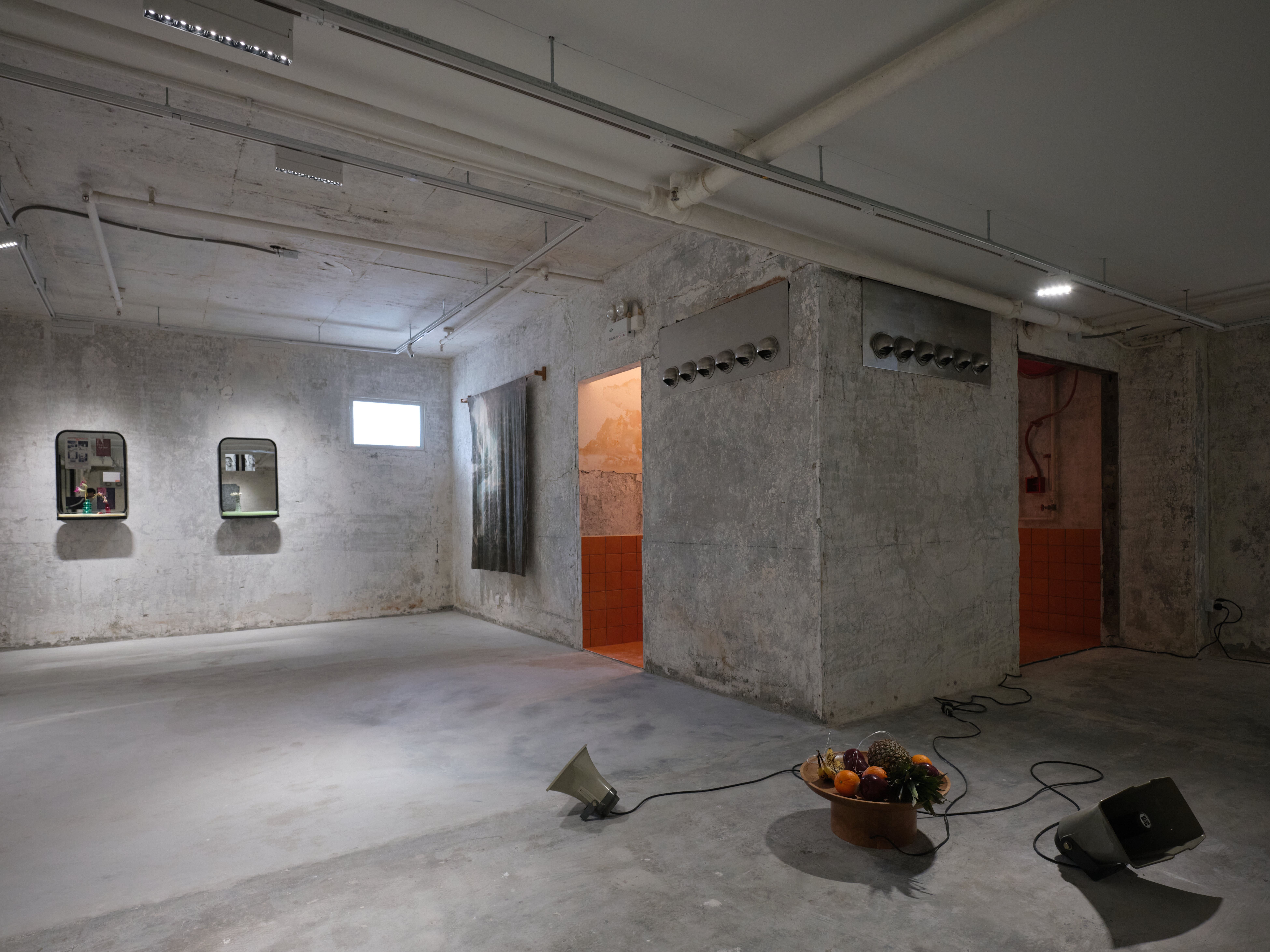
Installation view of "Rendering" at PHD Group, Hong Kong, 2022. Courtesy PHD Group, Hong Kong. Photo by Zed Leets.

Installation view of "Rendering" at PHD Group, Hong Kong, 2022. Courtesy PHD Group, Hong Kong. Photo by Zed Leets.
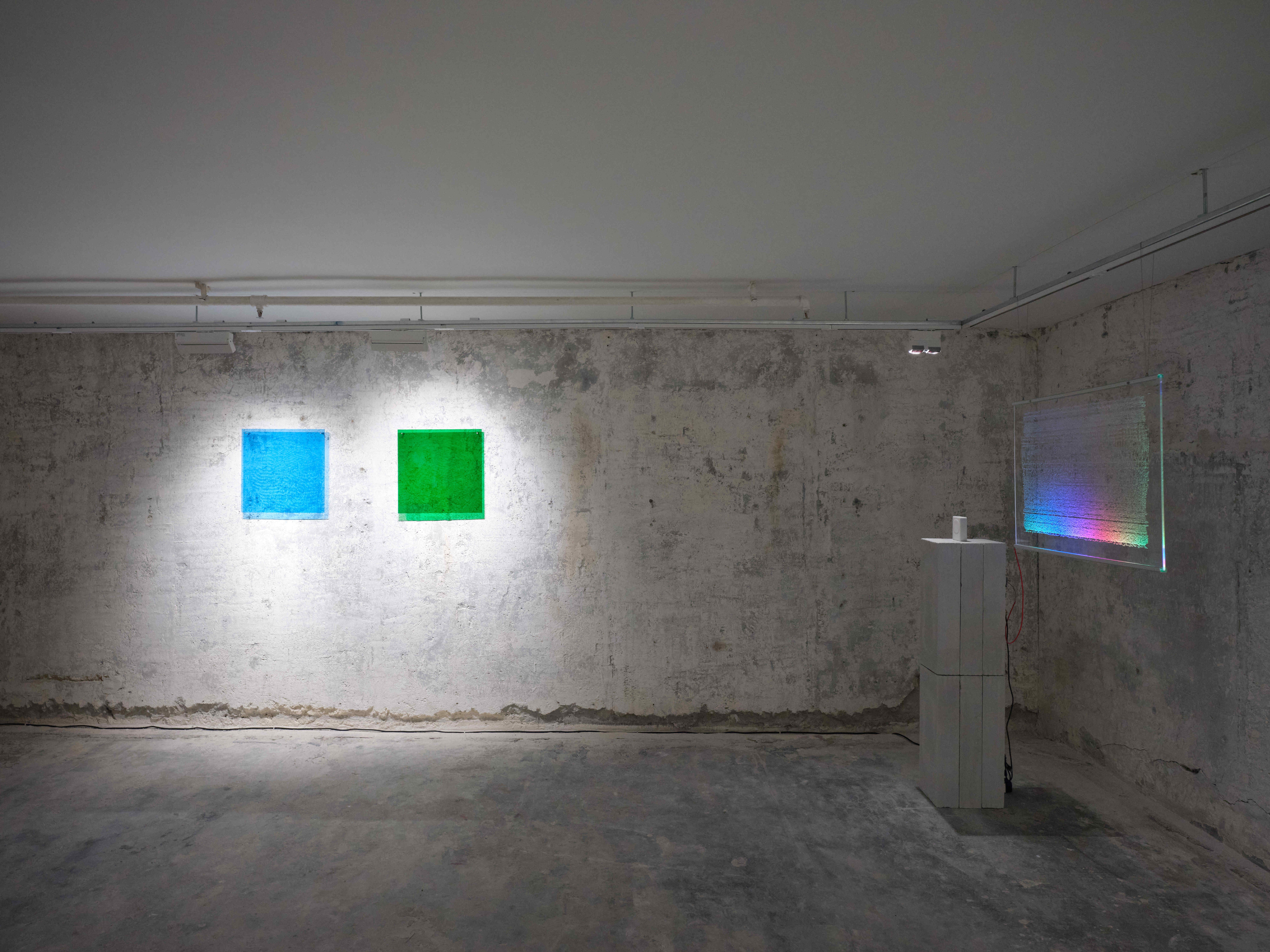
Installation view of "Rendering" at PHD Group, Hong Kong, 2022. Courtesy PHD Group, Hong Kong. Photo by Zed Leets.
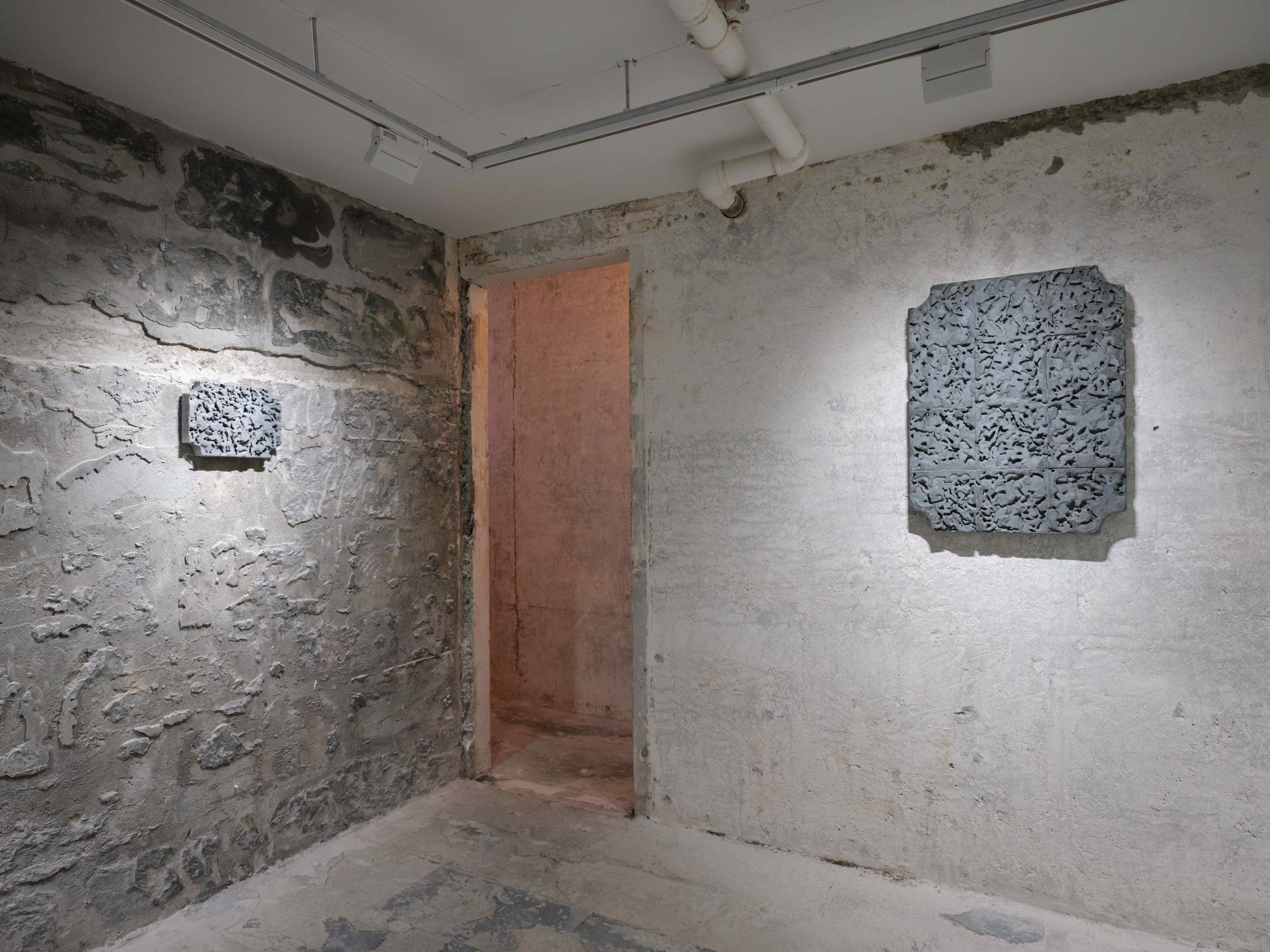
Installation view of "Rendering" at PHD Group, Hong Kong, 2022. Courtesy PHD Group, Hong Kong. Photo by Zed Leets.
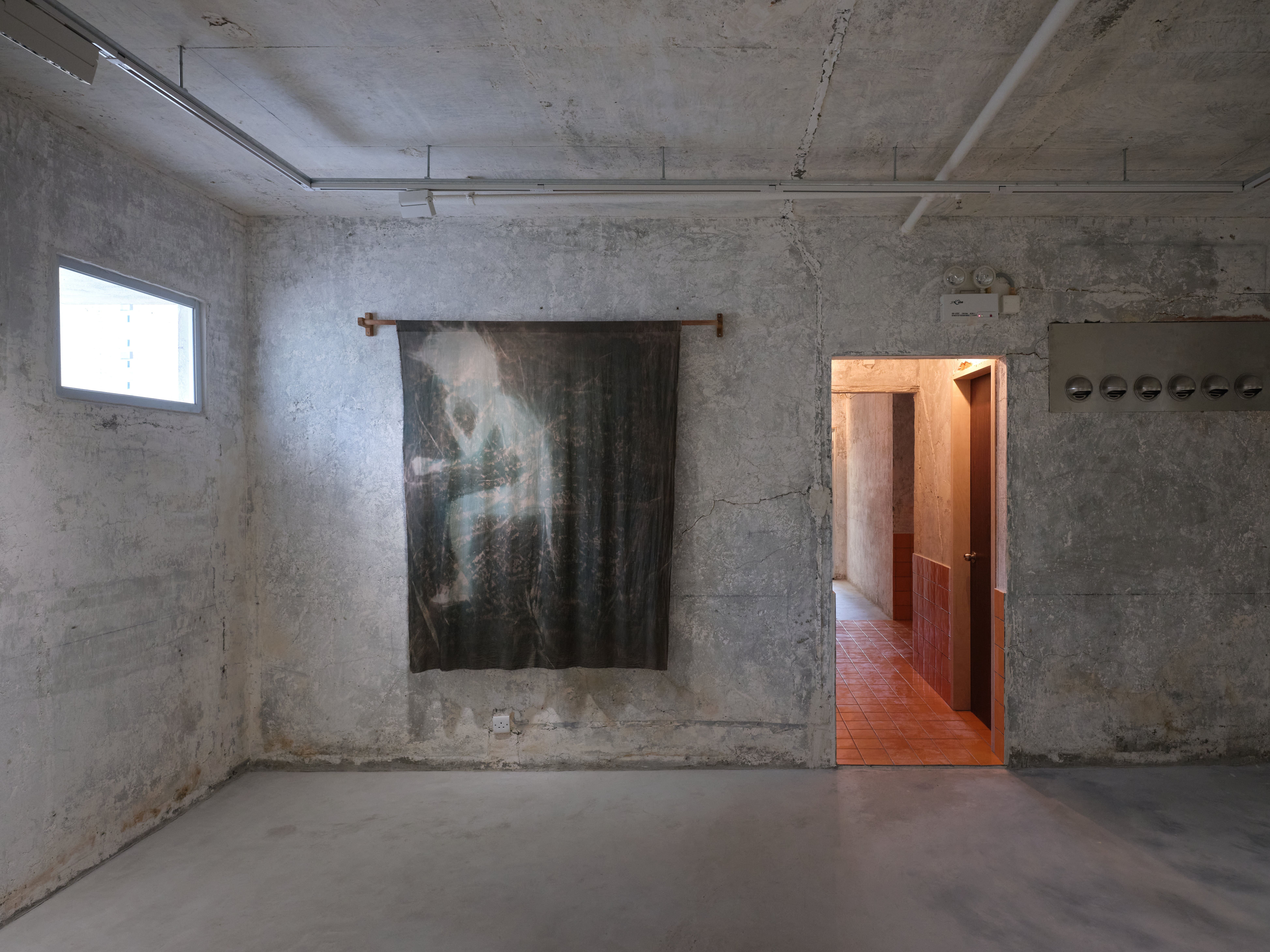
Installation view of "Rendering" at PHD Group, Hong Kong, 2022. Courtesy PHD Group, Hong Kong. Photo by Zed Leets.